|
Glacier Sunrise is one of my favorite colorways, and it was a joy to spin too! This colorway was inspired by this photograph, which I took several years ago at Glacier National Park. I was able to formulate my dyes to match several of the colors in the rocks, sky, mountains, and water. There are so many different ways you could spin this colorway - it would look great chain plied so the colors match up, or as a fractal. For this project, though, I stripped the braid lengthwise into narrow sections. I spun each ply to between 22 and 26 wraps per inch, using my Spinner's Multitool to check my consistency. You'll notice that there are some thicker and thinner spots in the yarn, and that is where the variation between the wraps per inch comes into play. I plied two singles together, allowing the yarn to barberpole as much as it wanted to. I was surprised that even though I didn't make too much of an effort to make the colors line up, there were a number of places where the colors lined up perfectly before going on to barberpole once again. After washing and a light thwacking, this yarn is about 11 wraps per inch and is about 400 yards. It would look great as a shawl, cowl, or even incorporated into colorwork in a sweater.
There are as many ways to spin a gorgeous yarn as there are people who spin. Sometimes, getting a consistent yarn is really important - especially if we're spinning lots of yarn for a big project. There are lots of ways to make sure you're spinning a consistent yarn. One of my favorite ways is to use the Spinner's Multitool. It helps me prepare fiber, and then check my yarn as I'm spinning to make sure I'm getting the yarn I want. The Spinner's Multitool functions as a diz, WPI (wraps per inch) tool, and twist angle. The Ultimate Multitool also has a small 2" ruler that can help you determine twists per inch. These are all factors that can help you spin a consistent yarn. They're also helpful if you're trying to replicate another yarn in your stash. In this post, I'll walk you through all the ways you can use the Spinner's Multitool. In this video, I'm using the Ultimate Multitool. but if you're into something a little different, we also have a Sheep Shaped Spinner's Multitool, an Alpaca, a Bunny, and the Original. If you still have questions after watching the video, I've added some more information and closeup images to help. Using the Spinner's Multitool as a Diz Each Spinner's Multitool has several different holes. These are designed so you can diz fiber from a drumcarder, hand cards, a blending board, or hand combs. In this video, I share how to diz fiber from hand combs. Remember, the bigger the hole you use, the thicker your top will be (or roving, if using a carded prep). But you might be surprised - even though those holes seem pretty small, a lot of fiber fits through them! Dizzing fiber is a great way to prepare fiber for spinning. I find that hand-dizzed fiber is a real pleasure to spin. It is light and fluffy and fun to work with! Learning to diz fiber can take some practice. The key is to not try to get too much fiber through the diz at one time, or else you'll get stuck and frustrated. When this happens, back off a little bit, draft the fiber gently, and then keep going. And remember to be patient with yourself! The results are well worth it. Checking the WPI (Wraps Per Inch) To check the WPI, or wraps per inch, simply lay the yarn along the grooves, and move it around until you find a good match. Here, I've determined that the yarn is about 18 wraps per inch. Remember to not pull tightly, as this can distort your reading. Checking Your Twist Angle In the first image, you will see some unspun fiber. It literally has no twist! So I've laid it parallel to the "zero" angle. Here you can see a yarn that is Z twist, at a 30 degree angle. I've added a red dash to show how the angle of the twist lines up with the 30 degree angle. Checking TPI (Twists Per Inch) TPI, or twists per inch, is a term used by the textile industry, but not as often by handspinners. Sometimes spinners might also talk about "bumps per inch." It refers to how tightly a yarn is spun or plied. This impacts durability, drape, and how your yarn behaves overall. To calculate TPI, count the number of visible "bumps" in an inch of your yarn, then divide by the number of plies. The Ultimate Multitool has 2 inches to measure over, so if you use that full area, you will need to divide by two again to get your average. In the sample above, I marked above a bump with a red curve. I counted 10 bumps across 2 inches. I'll divide that by 2 to get 5, then divide by 2 again for the number of plies, to come up with 2.5 bumps per inch. It's easiest to see TPI in plied yarn, so that's what I've shared here. Jill Wolcott has an excellent tutorial with a deep dive on TPI. Helpful Hints Here are some key things to remember when you're using your Spinner's Multitool:
You know those moments where you think, I have nothing to knit? There usually followed by thoughts of I have no yarn, which is just silly if you've seen the size of my stash. Anyways, that's what happened to me a couple of weeks ago, when I knew there was going to be lots of time spent standing around and waiting. I needed a knitting project that was going to be more engaging than my standard socks, but easy enough that I could carry on a conversation while working on it. Several years ago, I bought the pattern for Starshower, and that's what I cast on with my recently finished Monsoon Sunset spin. I liked that the pattern would preserve the gradient nicely. I liked the shape of the garment, as it drapes in a way that is very similar to how I wear most of my shawls, but without the fuss of having to tie, pin, or worry about the thing coming off. I'm not sure what led me to pair this yarn with that pattern, but I did, and I had a fun project to entertain me in the nick of time. As so often happens with handspun yarn, it wasn't exactly the yarn the pattern called for. My yardage was right, but the gauge I was getting was way too dense for a cowl with some drape. So I ripped back and went up a needle size. I also decided that I wasn't a huge fan of all those slipped stitches, and switched to a lace pattern. Because I do everything the hard way, I essentially re-wrote the pattern to accommodate the lace pattern I liked. (I didn't realize that the designer, Hilary Smith-Calais, has quite a few cowl patterns in similar shapes, some with lovely lace patterns!) The resulting cowl is comfy and cozy and fun, although now it's going to get packed away for the rest of the summer. It's a scorcher over here and our a/c just broke! If you're interested in how I re-wrote the pattern, my Ravelry project page is here, with detailed notes.
Want to spin your own? Monsoon sunset is available in my shop as a 6 oz braid! As you practice your fiber art skills, have you ever wondered about the craftspeople who came before you? The ones who figured out how to spin, the ones who figured out how to weave, the ones who figured out how to make fabric stretchy by interlocking loops of yarn with one another?
Unfortunately, their stories are lost to history, in part because textile production is so embedded in our culture that it began before humans had a written language. To add to the obscurity, many of the early tools used to produce and work with fabric didn't survive in the archaeological record. But the clues we do have are fascinating, and they indicate that spinning and weaving are very old indeed. This Saturday, November 10, I'll be giving a presentation at the Black Sheep Handworx Studio. There's lots of interesting historical information about wool, fiber, sheep, and how it relates to us as fiber artists. Whatever fiber art you practice, there's something here for you! In addition to the discussion, there will be demonstrations, explanations, and hands-on experiences that walk you through how wool is processed before it can become yarn, and how yarn is worked into cloth. The possibilities for customized cloth are endless! You can purchase tickets at the Black Sheep Handworx Studio, or at 970tix. I hope to see you there! Welcome to August! Are you ready for fall yet? I know I am. We spent (at least) two or three weeks in the hottest days of July with a non-functioning swamp cooler.* Now that it's fixed, I have the air blasting just so I can put on a long-sleeve shirt every now and then and dream of fall. In July, I managed to finish a machine-knit sweater. I tried it on to make sure it fit, but took absolutely zero photos of it. And I made a SAORI-style table runner...and tons of yarn for Tour de Fleece. But the biggest thing is what you see above! I am now selling rug hooking wool and other supplies over on FiberCrafty! Rug Hooking/Needlepunch
Knitting
Weaving
Spinning
There are lots of other odds and ends, but I think that's most of it! What are you working on this month? xx, Pamela *For all y'all who live somewhere humid, a swamp cooler is an air conditioner that intentionally adds humidity to your air. If you live in a dry climate like I do, it actually works pretty well to cool you off. (And if you grew up in a swampy place like I did, it's pretty alien to you to consider a swamp cooler to be a good thing.)
|
Archives
January 2024
Categories
All
This website uses marketing and tracking technologies. Opting out of this will opt you out of all cookies, except for those needed to run the website. Note that some products may not work as well without tracking cookies. Opt Out of Cookies |
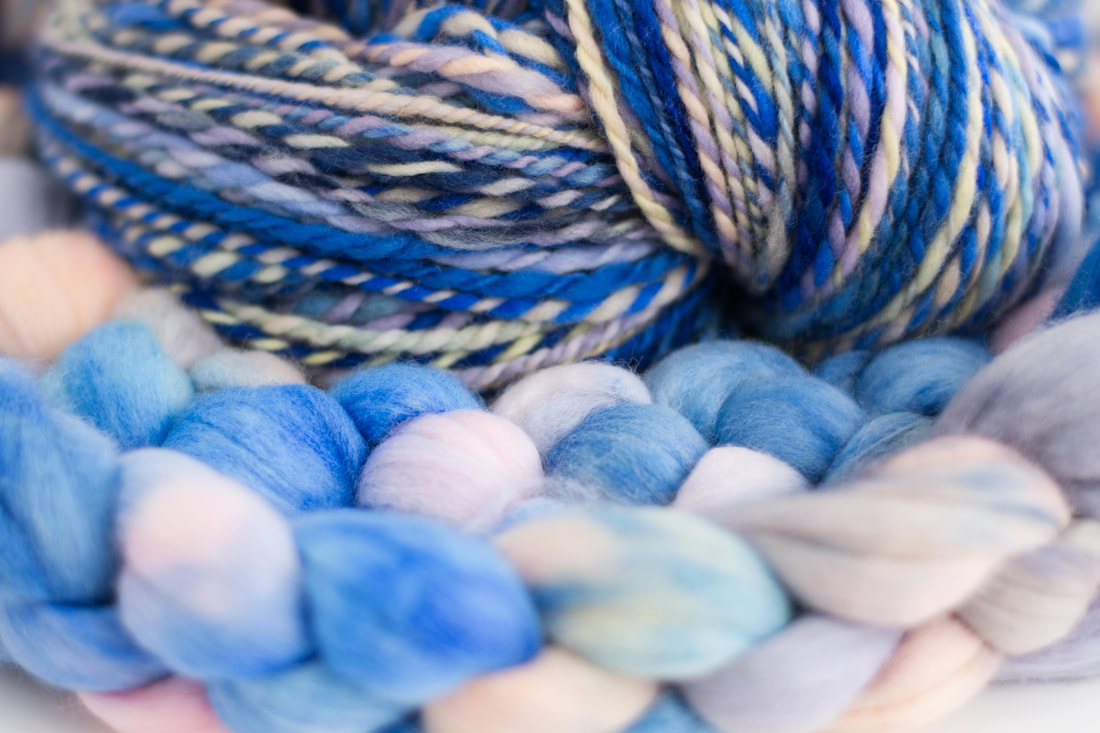

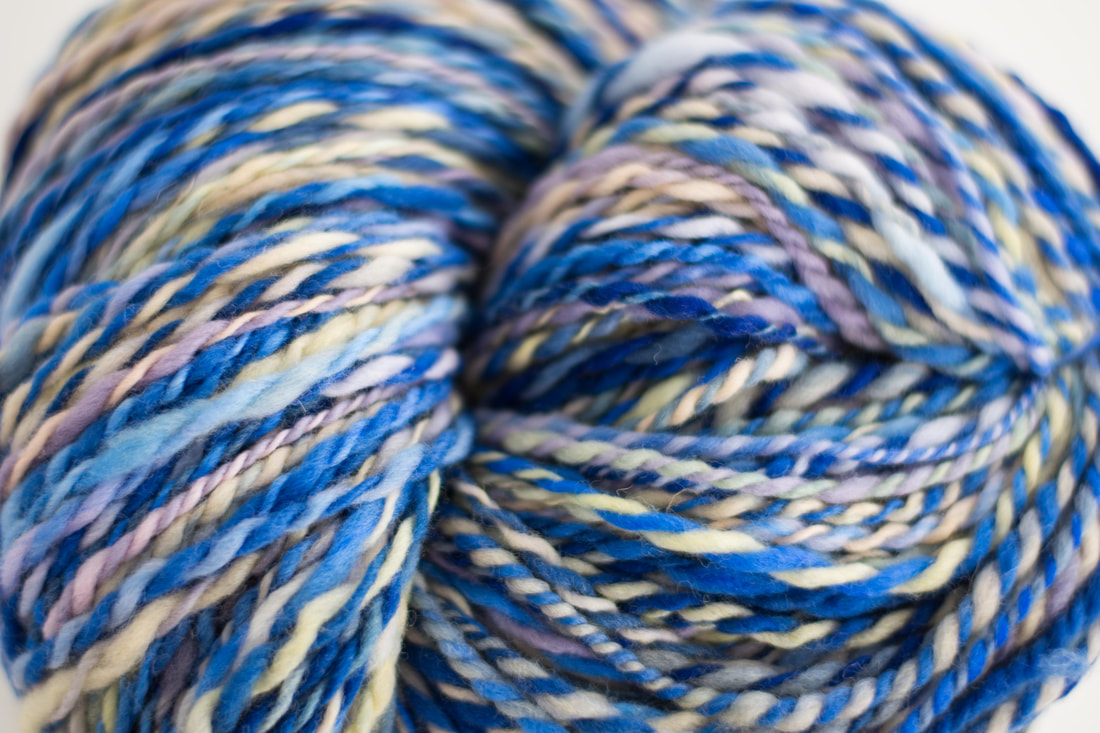
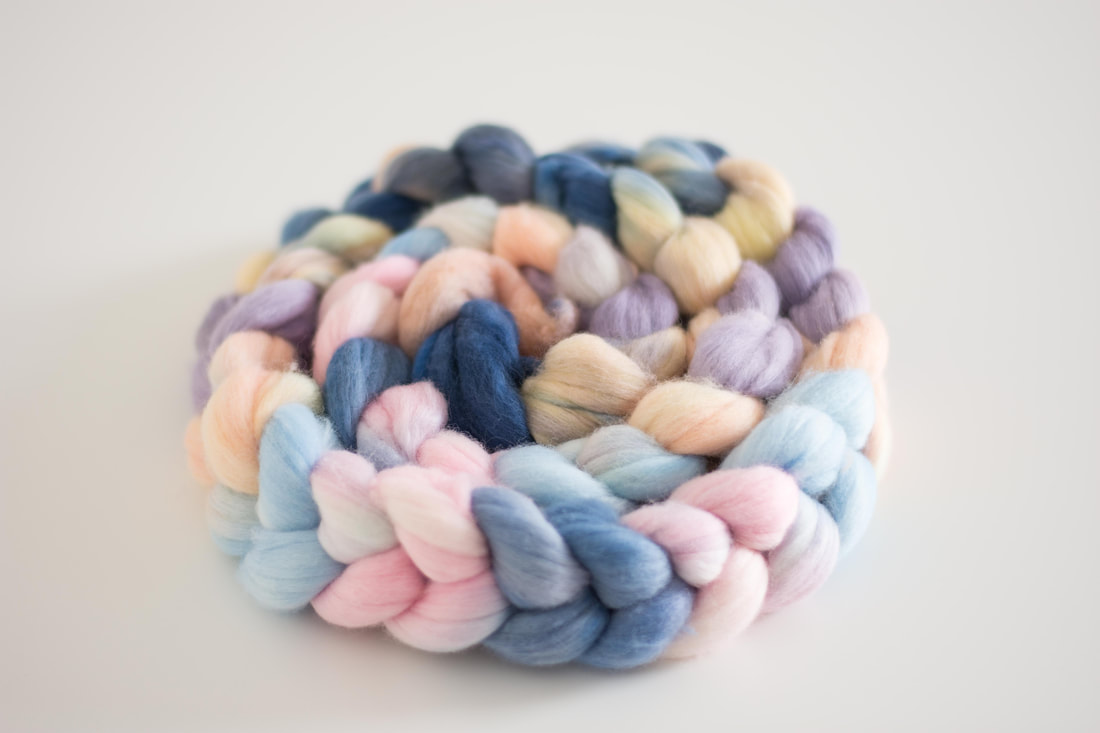
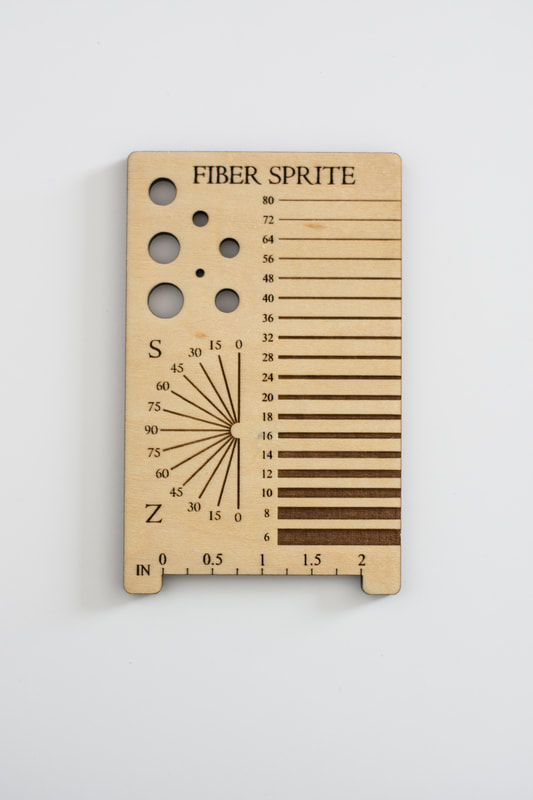
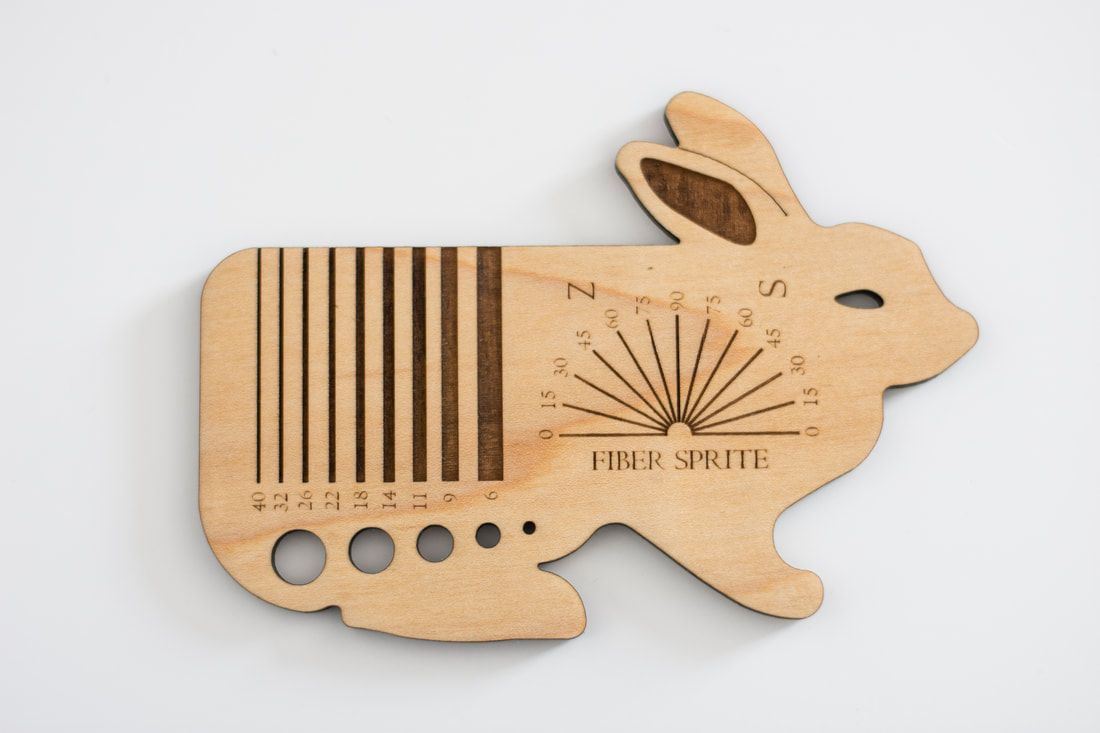
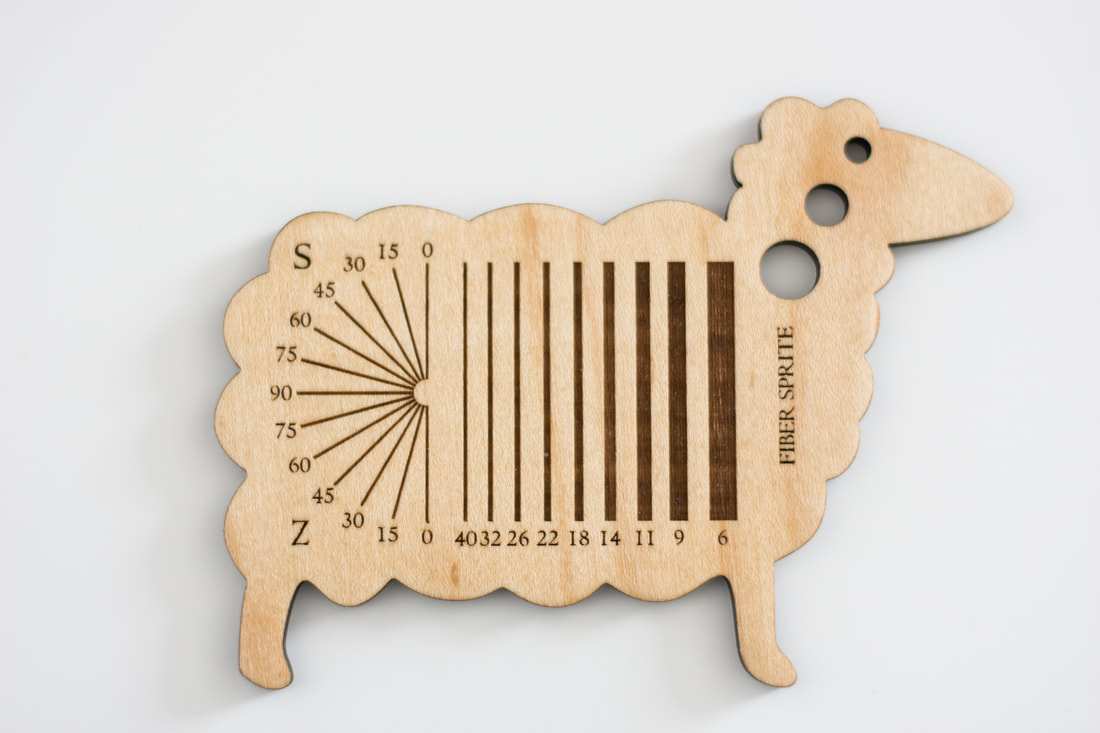
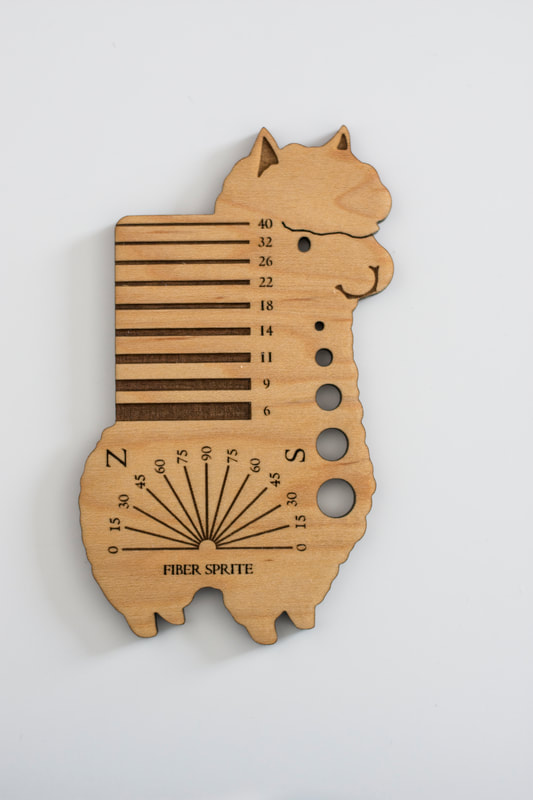
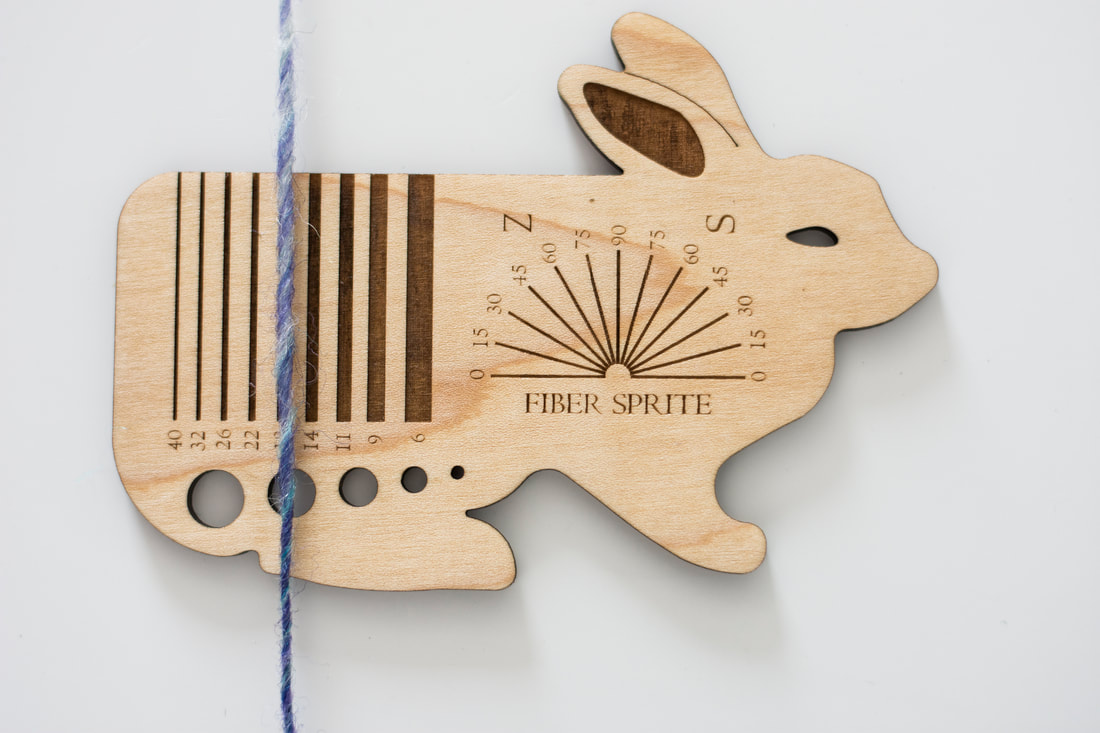
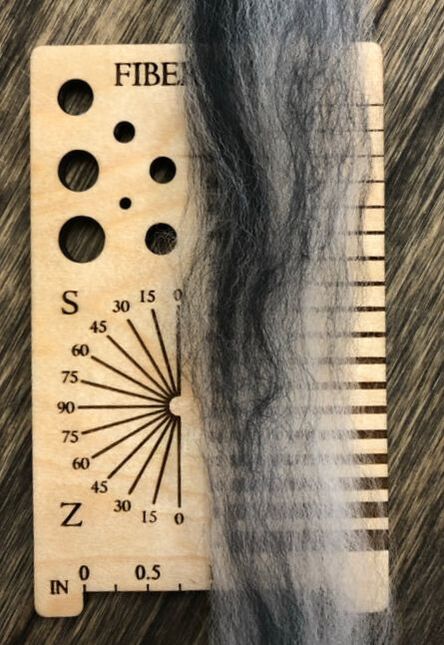
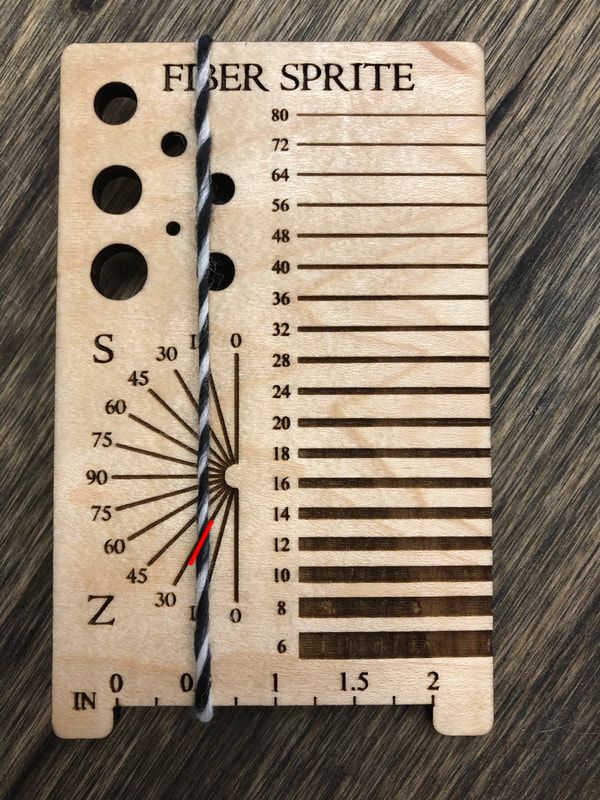
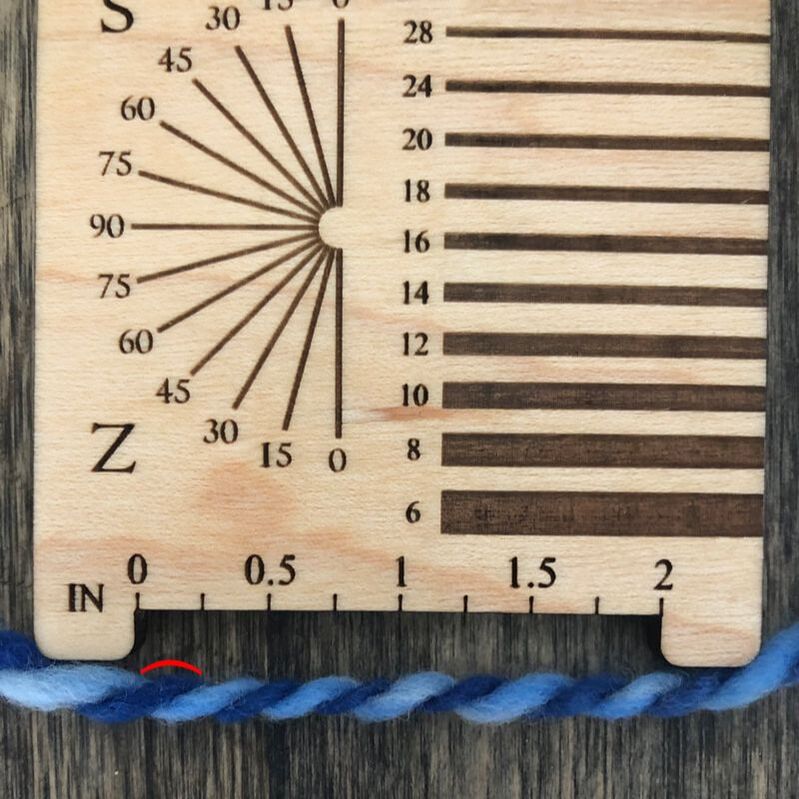
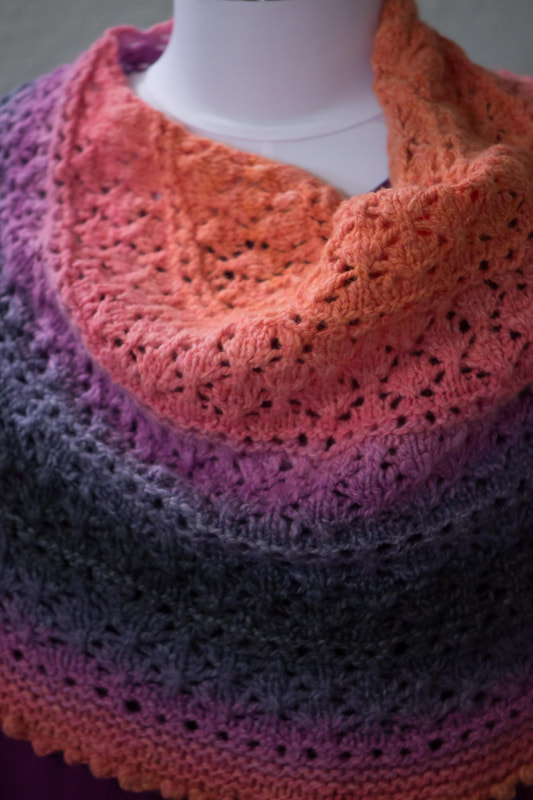
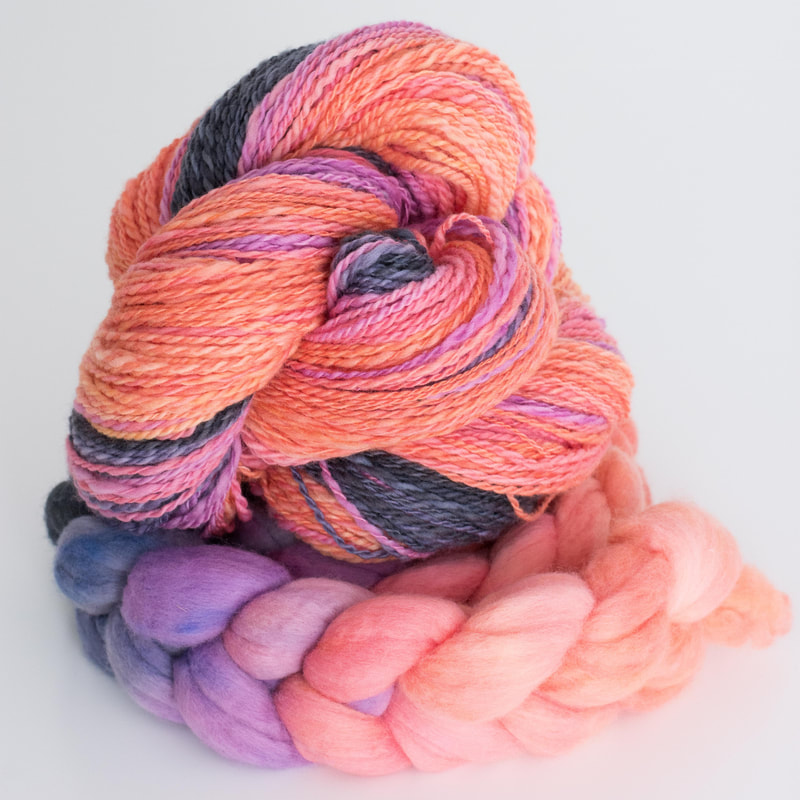
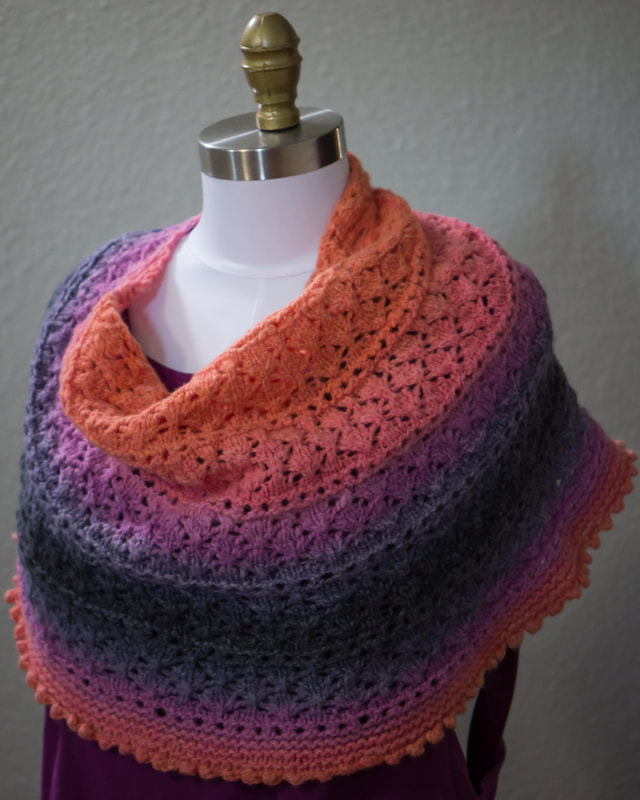
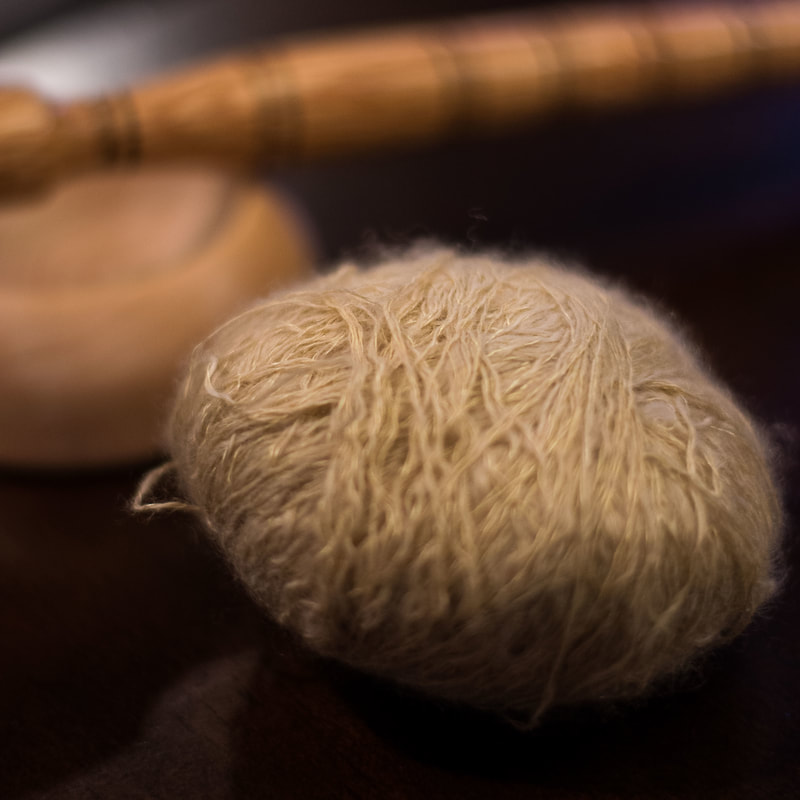
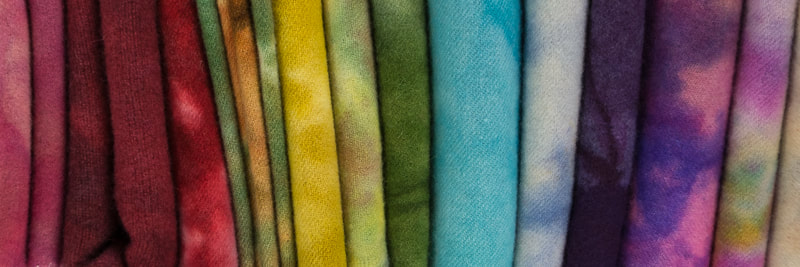
 RSS Feed
RSS Feed